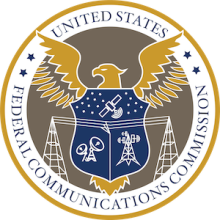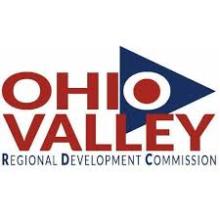Predictions for 2021, Year in Review for 2020 - Episode 441 of the Community Broadband Bits Podcast

2020 is nearly over, and it's that time of the year we sit back with a cold glass of eggnog and reflect on what was, what is, what might have been, and what will be. In this episode of the Community Broadband Bits podcast the MuniNetworks team cranks up Zoom for the zillionth time this month to review our previous years' predictions to see who swung the hardest and missed back in 2019, and who might be hiding a secret gift at prognostication that would put Zoltar to shame.
With the departure of Lisa and Katie, GIS and Data Researcher Michelle Andrews is the only one who must reckon with her predictions head on. Also on the show are two recent arrivals: Senior Writer and Editor Sean Gonsalves, and Senior Researcher Ry Marcattilio-McCracken. Hannah Trostle returns from a short hiatus as well, to offer insight and secretly watch Chris to make sure he hasn't turned into a total despot. During the show we talk state preemption laws, progress by municipal networks, electric cooperatives, and county governments in expanding affordable broadband, the recent RDOF auction, New Hampshire, Sean's water feature, and our favorite stories of the year.
This show is 50 minutes long and can be played on this page or via Apple Podcasts or the tool of your choice using this feed.
Transcript below.
We want your feedback and suggestions for the show-please e-mail us or leave a comment below.
Listen to other episodes here or view all episodes in our index. See other podcasts from the Institute for Local Self-Reliance here.
Thanks to Arne Huseby for the music. The song is Warm Duck Shuffle and is licensed under a Creative Commons Attribution (3.0) license.
Image of John Dee’s Crystal ball by Vassil [CC0], from Wikimedia Commons.










